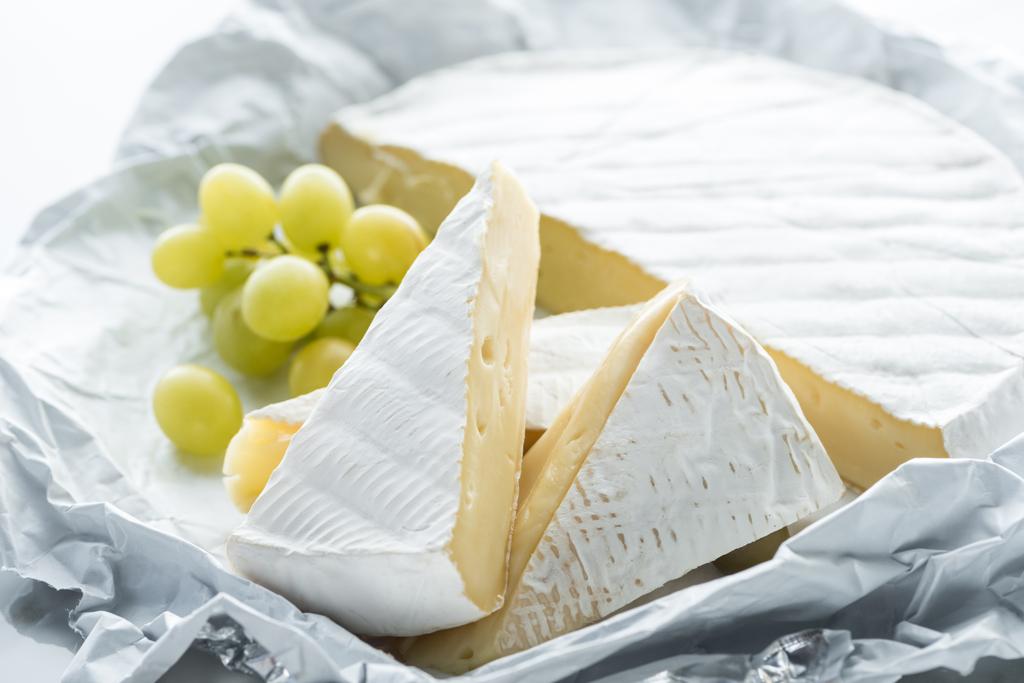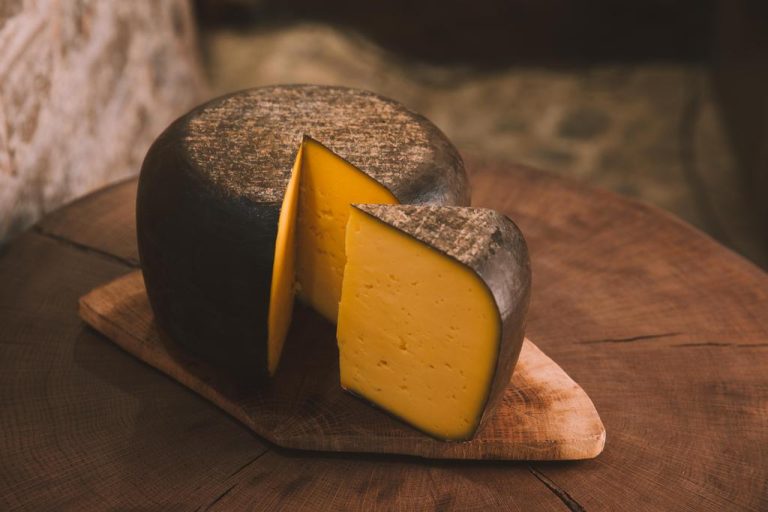Anyone who likes to eat cheese often encounters uncertainty about the rind as to whether it is edible or not. A few tips can help with orientation.
Cheese rind: edible or not?
As a rule, the question of whether a rind is edible or not can be answered quickly for you if you have bought a packaged cheese. On the packaging there is usually an indication of whether the bark is edible or not. If the bark is “not suitable for consumption”, it is often an artificial bark made of wax or paraffin or a plastic coating.
If the preservative E 235, also known as natamycin, is used, this must be noted. According to the Federal Institute for Risk Assessment, it is harmless to consume small amounts of the substance. However, if you want to do without it, you should remove the bark. In principle, it is recommended for pregnant women, the elderly and people with a weakened immune system to always remove the artificial bark, otherwise health problems could occur. This risk should be avoided at all costs.
However, some cheese rinds also mature naturally. This is a bacterial flora that forms the fresh milk during maturation. The rind often plays an important role in developing the full flavor of the cheese and should therefore not be removed; unless the rind is too hard and therefore not edible. Types of cheese that have a rind with a characteristic taste are, for example, blue cheese, Emmental, Roquefort and Parmesan.

